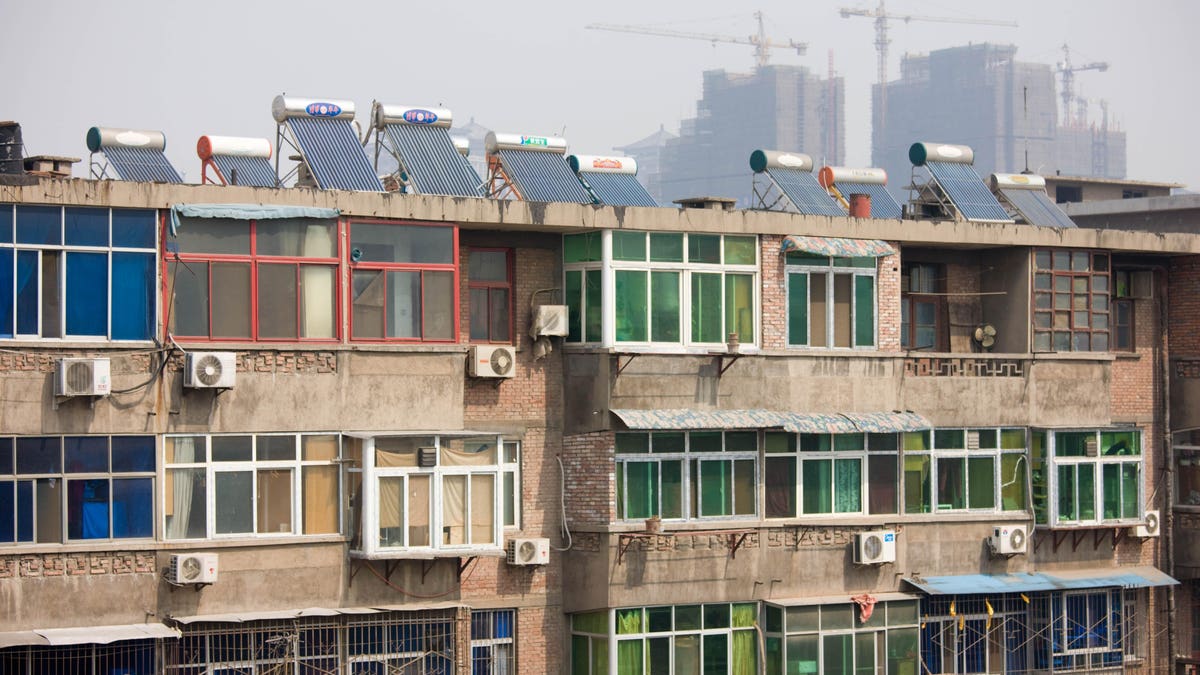In the quest to go green, geoengineering has long been an attractive idea at the periphery of climate policy discussion. The tempting notion of engineering humanity’s way out of a putative environmental catastrophe using the same tools that helped generate our global climate crisis, is attractive to many. These proposals also often conveniently sidestep notions of policy reform or responsibility, and involve seemingly outlandish suggestions such as massive mirrors in space or spraying the atmosphere with silver particulates may result in a captivating, although often unhelpful, discussion.
Solar Radiation Management (SRM) is the subsection of geoengineering that encompasses methods used to reflect sunlight away from the earth to cool the atmosphere, which usually captures the most public attention. Most studies have pointed out significant issues with SRM’s potential long-term negative impacts on the climate. These include moral hazards that deter other sectors from going green, expenses, and long-term effects on the climate. A report by the United Nations Environment Program (UNEP) affirms these warnings, echoed by a recent White House Office of Science and Technology report.
Most forms of SRM involve risky geoengineering that divides the scientific community. However, SRM has recently gotten a boost in practicality thanks to advances in understanding Ground Based Albedo Modification (GBAM). Albedo, the characteristic of a surface to retain heat based on its color, means that the many dark surfaces in urban settings (concrete, asphalt, tinted glass, etc.…) collectively hold in heat. The result is an Urban Heat Island (UHI) with higher temperatures demanding more energy usage and negatively impacting health.
Combating UHIs worldwide through a series of policies would make cities greener and change the climate for the better. As the world struggles through more and more heat waves, and understanding grows how UHIs only make them worse, GBAM is spreading worldwide.
Asphalt retains almost all the heat it absorbs from the sun, resulting in summertime temperatures 40 degrees (Fahrenheit) higher than the ambient air temperature. To combat this, the city of Phoenix, Arizona, began a “cool pavement” program using a solar reflective pavement seal on 58 miles of residential streets. After seeing the benefits of lower surface temperatures at all hours of the day, they’ve expanded 100 miles of cool pavement in June 2023 and plan to increase it to 118 miles by the end of 2023. The Smart Surfaces Coalition (SSC) is working with multiple cities to launch programs adopting reflective road surfacing across the United States. The Global Cool Cities group seeks to replicate these successes in the global south.
Urban geoengineering isn’t just under our feet, it’s also over our heads. Green roofs, roofs with soil and plants placed on top, are spreading like weeds. They reduce local air pollution by absorbing particulates, mitigating noise pollution, shading buildings from summer heat, and insulating them during winter, necessitating less energy consumption.
Green roofs have been popular outside the United States for decades, already being successfully employed in Singapore, Hong Kong, Germany, Japan, and Canada. In the U.S., Kansas City has adapted to the trend with over, over 450,000 square feet of green rooftop installed from 1999 to 2015. This accelerated to 700,000 square feet by 2020. Groups such as Green Roofs for Healthy Cities aspire to increase awareness of green infrastructure practices and share Kansas City’s success story by providing accreditation for professionals to design and install green roofs, as well as working with manufacturers on developing green roofs or walls for urban areas.
GBAM isn’t just revamping buildings, it can also be found by literally planting the seeds of tomorrow’s green cities. The U.S. has millions of miles of roads, most of which in urban areas have sidewalks. Lining sidewalks and open spaces with trees helps get people out of cars by incentivizing urban walkability and cools surfaces. These small gains are why the SSC has implemented sidewalk shade programs in Kentucky, Massachusetts, and everywhere in between, with a sundry assortment of studies showing both environmental gains and local economic ones from increased foot traffic.
The widespread acceptance of these programs across partisan and geographic divides, in conjunction with their profitability for companies, signals good news for the sustainability of these initiatives. Propelled by an array of tax incentives, demand for green cities is driving an expansion of emerging firms such as American Hydrotec and Columbia Green Technologies, while more venerable companies are slowly adapting.
These initiatives can also be combined with shielding covered by photovoltaic cells and solar panels, especially in warmer locales. When shade-creating canopies, green roofs, and cooling pavement are appropriately combined with solar panels, one further combats UHIs by generating more local electricity without carbon emissions. Companies such as Sunnova Energy are now partnering with the Department of Energy to realize the force multiplying benefit of solar panel shading.
Trees, roofs, and pavement may not be what one immediately conjures when thinking of geoengineering, but they are no less vital to combat climate change than blowing up clouds or spraying the atmosphere with aerosols. Certainly, they are safer.
If one can cool cities, one can cool the planet. The ultimate path to climate sustainability involves technological innovation, and not necessarily high tech. The green frontier is coming to your city soon.
Enjoy the shade!
Read the full article here





